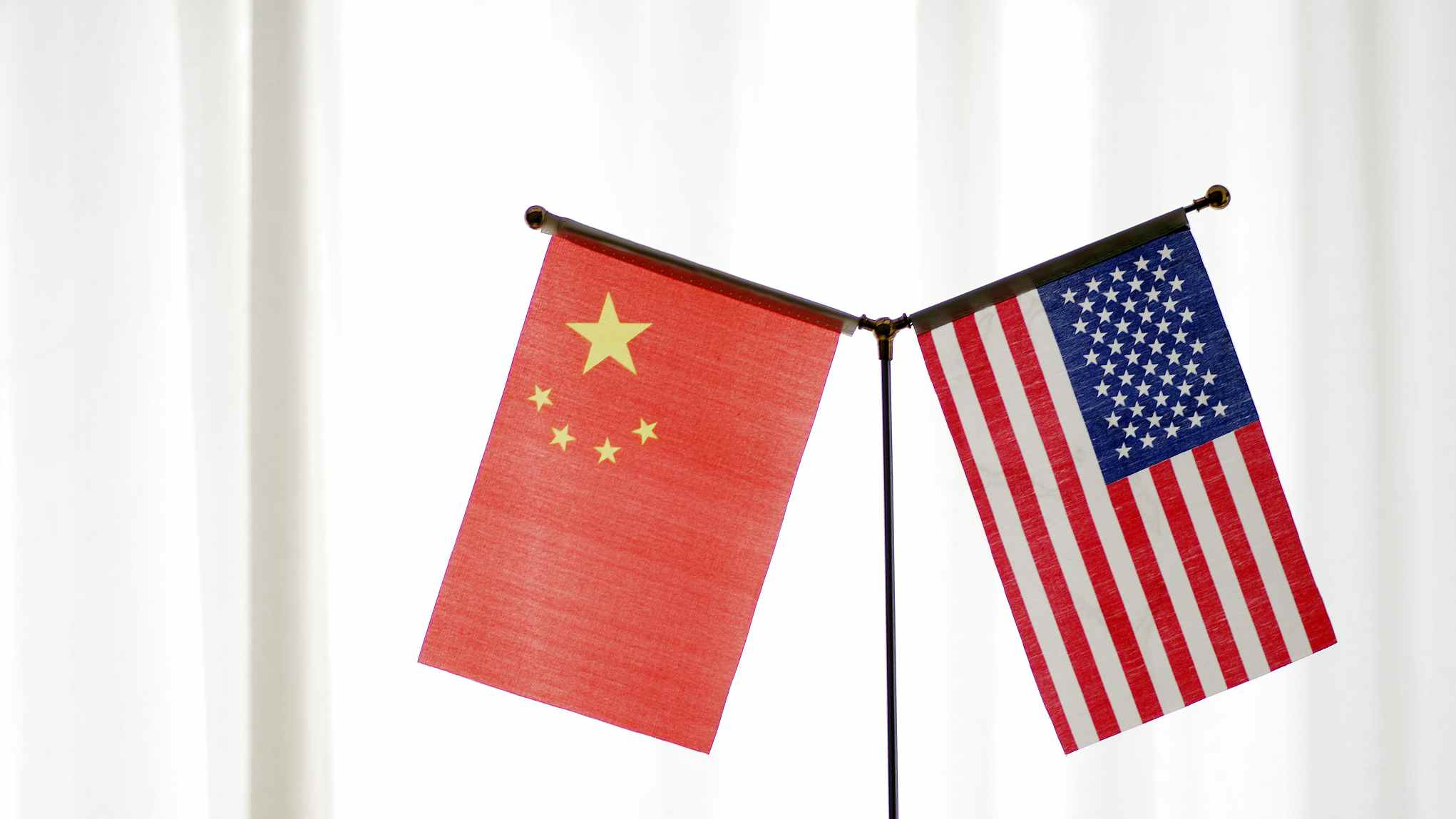
Business
22:08, 02-Dec-2018
Timeline: China-U.S. trade friction during Trump's presidency
Updated
22:09, 05-Dec-2018
CGTN's Xing Ruinan
02:21

Here's a timeline of the China-U.S. trade conflict during the Trump presidency.
As a presidential hopeful in 2016, Trump repeatedly called for a so-called crackdown on China's trade practices.
In May last year, China and the U.S. struck trade deals that covered products such as beef and poultry. However, disagreements over steel, aluminum and other issues remained unresolved.
This January, the Trump administration announced tariffs on imported solar panels and certain washing machines.
In March, the U.S. president signed off on 25-percent duties on steel imports and 10-percent taxes on aluminum. Many countries, including China, complained. And some were exempted, but China was not one of them.

VCG Photo
VCG Photo
China had to retaliate. At the beginning of April, China imposed tariffs up to 25 percent on about three billion U.S. dollars worth of American goods.
In May, American and Chinese delegations held talks in Beijing but failed to reach a resolution. Negotiations in the following months didn't lead to a deal either.
In July and August, the U.S. imposed additional 25 percent tariffs on 50 billion U.S. dollars worth of Chinese imports while Beijing retaliated dollar for dollar, targeting imports from the U.S.
In September, the U.S. again slapped 10 percent tariffs on 200 billion U.S. dollars worth of imports from China, with a plan to hike the rate to 25 percent at the start of 2019. The U.S. also threatened additional tariffs on 267 billion U.S. dollars of Chinese products if Beijing retaliates. China went ahead and slapped 10 percent tariffs on 60 billion dollars of U.S. products. By then, most of the American imports to China were covered.
At the start of November, a phone call between President Xi Jinping and Trump restarted talks and the U.S. president said they put "a heavy emphasis on trade" during their conversation.

SITEMAP
Copyright © 2018 CGTN. Beijing ICP prepared NO.16065310-3
Copyright © 2018 CGTN. Beijing ICP prepared NO.16065310-3